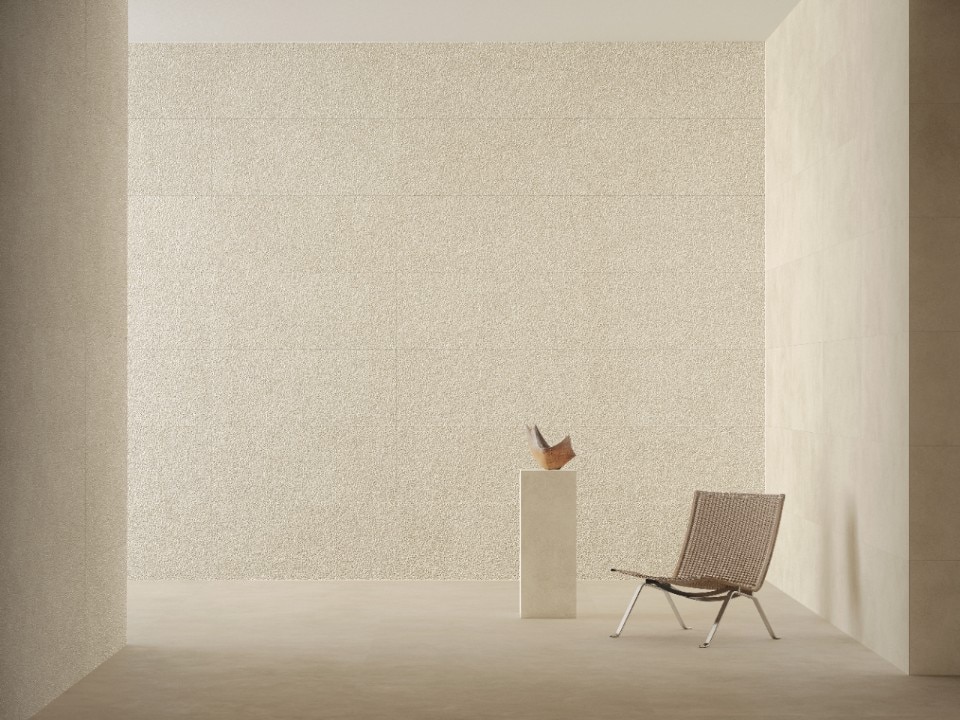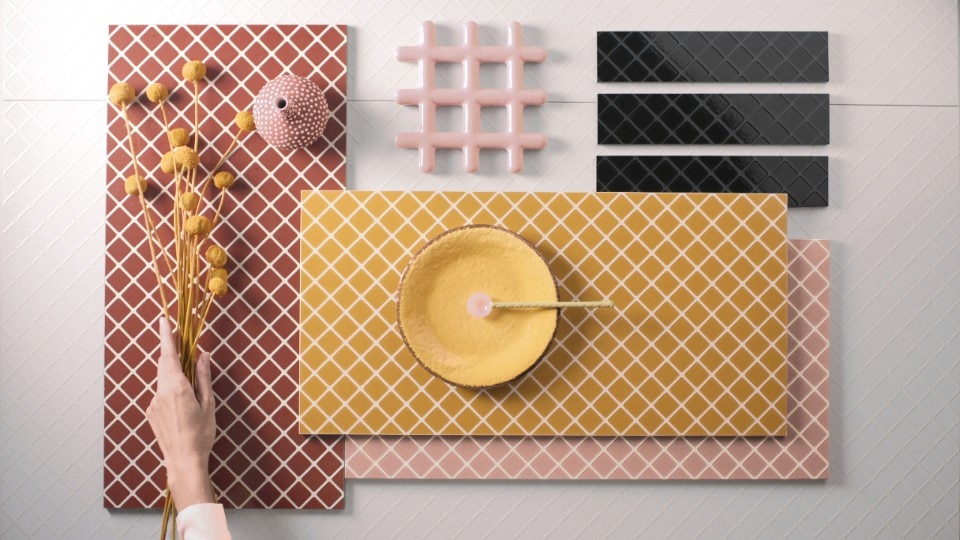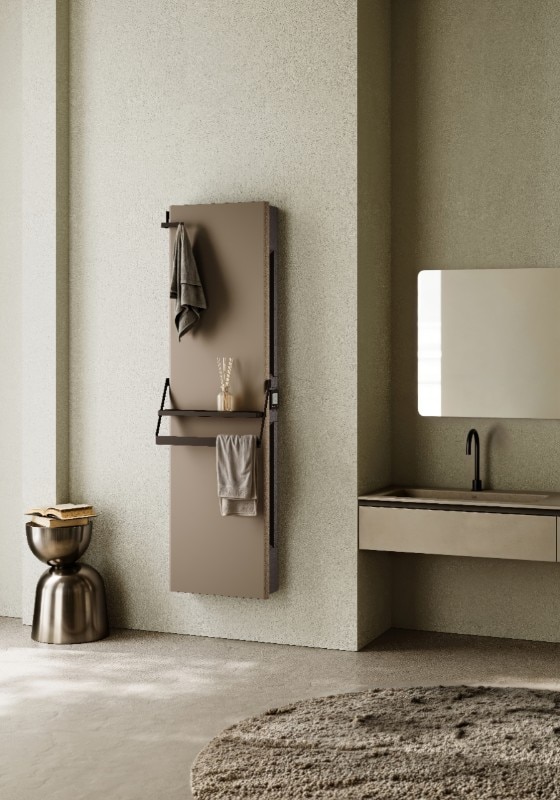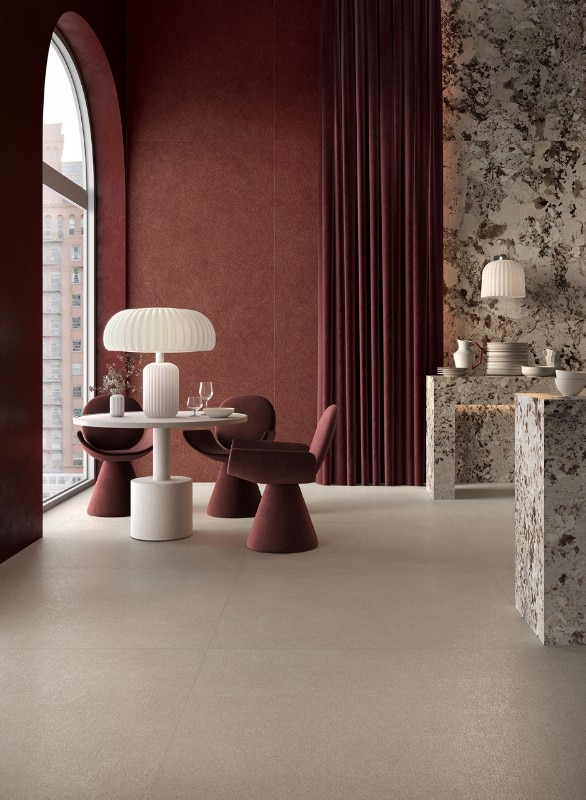The forty-first edition of Cersaie, held in Bologna and now coming to a close, is the reference point for the world of ceramics and surfaces for architecture. This year, the fair's key players offered a particularly innovative and complex vision of contemporary design, where material research, technological evolution, and increased attention to sustainability intertwine in collections that aim to open a significant dialogue with the definition of various types of spaces. Several trends and themes have emerged, outlining the future of the sector, such as material experimentation, surface three-dimensionality, the return of small formats, craftsmanship, and a commitment to sustainable solutions.
A focal point of the fair is material research, which, in the case of Cotto d'Este, takes on an almost philosophical dimension with the Arketipo collection. Far from imitating natural or handcrafted materials like stones, cements, and resins, Arketipo explores ceramics "in purity," presenting an innovative material that draws from new graphic and chromatic inspirations, detached from tradition.
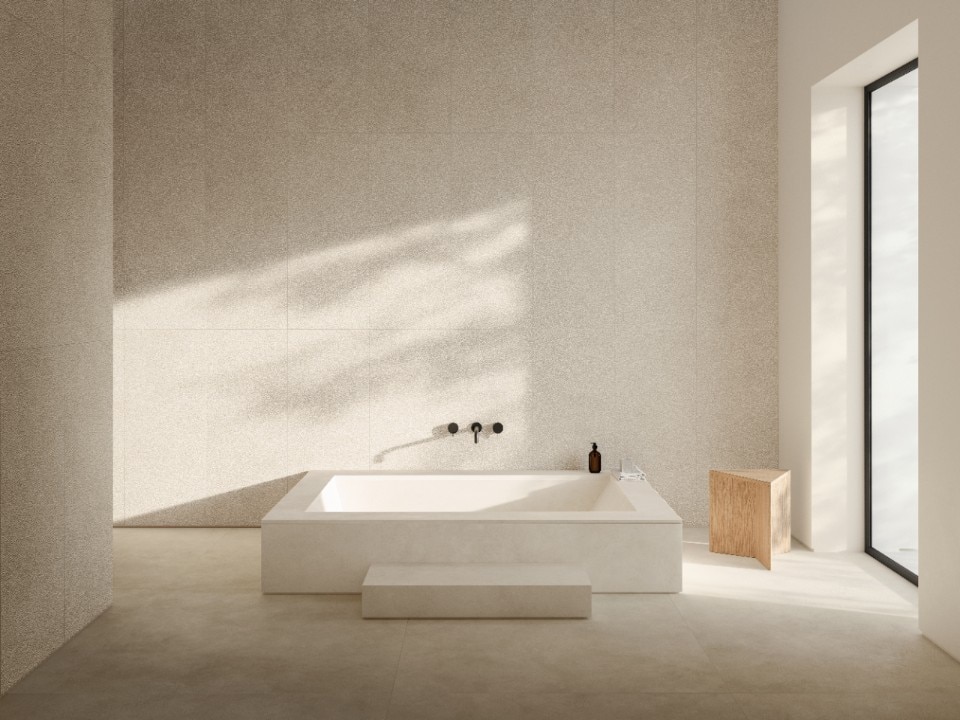
Another central theme of Cersaie 2024 is three-dimensionality, which expands the expressive potential of ceramics. Marca Corona introduced the Arialuce collection, which revolutionizes the concept of cladding with extruded terracotta volumes, creating plays of solids and voids that allow light and air to filter through. The Curve, Pertuse, and Asole shapes offer varying degrees of visual filtering, creating surfaces that go beyond two-dimensionality, entering the realm of architecture with a strong aesthetic and functional impact. Arialuce, born from the collaboration between Marca Corona and the S.Anselmo kiln, is a virtuous example of how traditional craftsmanship can dialogue with contemporary design needs. Decoratori Bassanesi also explores three-dimensionality with the Wă collection, inspired by Chinese tiles. Designed by Federica Biasi, the collection reproduces the visual and tactile movement of stacked terracotta tiles, reinterpreting traditional Chinese decoration with a modern vision that combines functionality and aesthetics. On the material front, Atlas Concorde presents Boost Expression, a collection that celebrates the tactile strength of materials. Designed by Elisa Ossino, the series explores the relationship between light, shape, and matter, with surfaces evoking three-dimensional textures through geometric patterns. Tonal variations and light contrasts emphasize material depth, transforming ceramic surfaces into architectural elements that interact with the surrounding space.
As mentioned, technological innovation also had a prominent space at this year's Cersaie, particularly catching attention with the backlighting of ceramic surfaces. In this regard, Iris Ceramica Group's Moonlight System stands at the forefront, thanks to the combination of thin LED panels and 6 mm thick ceramics, highlighting every graphic detail of the surfaces and creating a scenographic effect that transforms walls into luminous works of art.
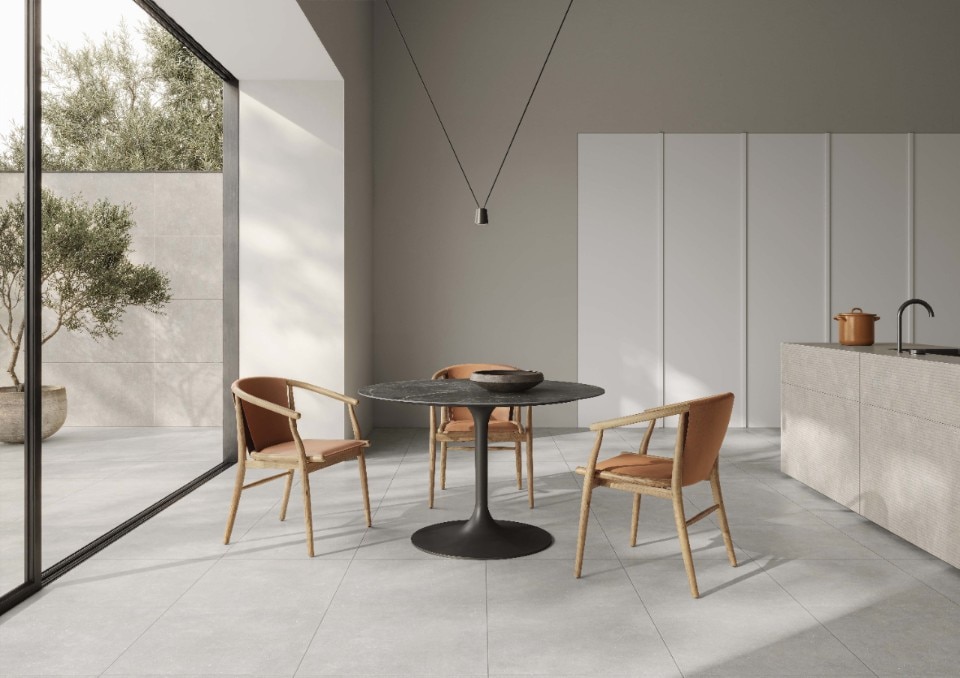
Another trend, which has been reaffirmed and continues to evolve with increasingly appreciated results, is the use of ceramic wood with prominent grains and defects, reproducing the natural material in all its authenticity. Atlas Concorde and Keope have explored this direction, emphasizing the beauty of wood's imperfections. Surfaces that faithfully replicate wood grains and knots give spaces a warmer and more welcoming character while maintaining the resistance and durability of ceramics.
The compositional discourse around formats is also noteworthy. While large ceramic slabs are currently in vogue, small formats are actually making a grand comeback, as demonstrated by Ceramiche Refin's Upside collection. Inspired by a project by Massimiliano Adami, this collection revives a checkered geometric pattern originally derived from the structure on the back of tiles. Upside offers small formats as a tool for creativity, enhancing the decorative grid with a new color palette and adapting it to the needs of contemporary design. Using smaller tiles allows for the creation of unique compositions, resulting in dynamic spaces of various sizes.
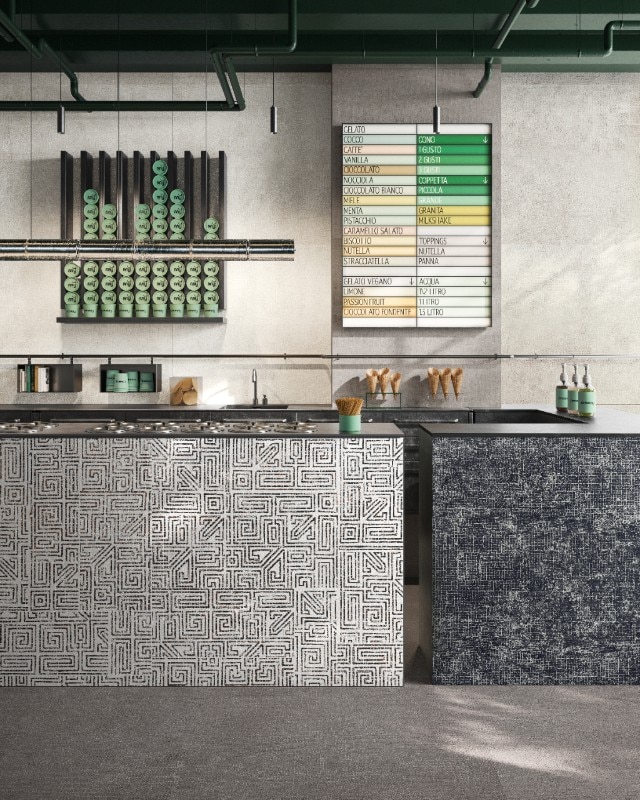
Craftsmanship also emerges as one of the qualities that continues to characterize many Italian proposals, and Alice Ceramica offers a significant testimony with the Idilla collection. Inspired by the historical roots of Italian ceramics, Idilla blends past and present, offering sanitary fixtures and washbasins that combine fluid lines and monolithic shapes with refined details. The collection, designed by Manuel Di Giacobbe, reflects the artisanal mastery of Civita Castellana, reinterpreting ceramic tradition with a contemporary language. The use of beveled edges and soft forms creates elegant and functional products, where every detail contributes to enhancing the quality of the ceramic material.
Finally, attention to sustainability could not be overlooked, a theme that is increasingly central in the world of ceramics and architecture, now regarded as an imperative. The companies present at Cersaie 2024 have demonstrated a growing commitment to using recyclable materials, low environmental impact production processes, circular economy principles, and solutions that reduce waste. The adoption of innovative technologies, such as the energy-efficient backlighting by Iris Ceramica, is just one example of many initiatives aimed at making the sector more sustainable.

This year’s edition of Cersaie demonstrates how the ceramic industry is experiencing a period of great ferment, with proposals exploring new aesthetic and functional possibilities. Material research, three-dimensionality, the return of small formats, craftsmanship, and sustainability are the main trends reshaping the world of surfaces for architecture and design. The collections presented tell a story of innovation and tradition, where ceramics are not just a material but a medium to transform space and create new sensory and emotional experiences. Browse the gallery to see the most interesting examples we’ve selected.

Franke presents “The House of Well-Living” at Fuorisalone
With a multi-sensory installation, Franke will welcome visitors to its flagship store during Milan Design Week and present the year's new products.








